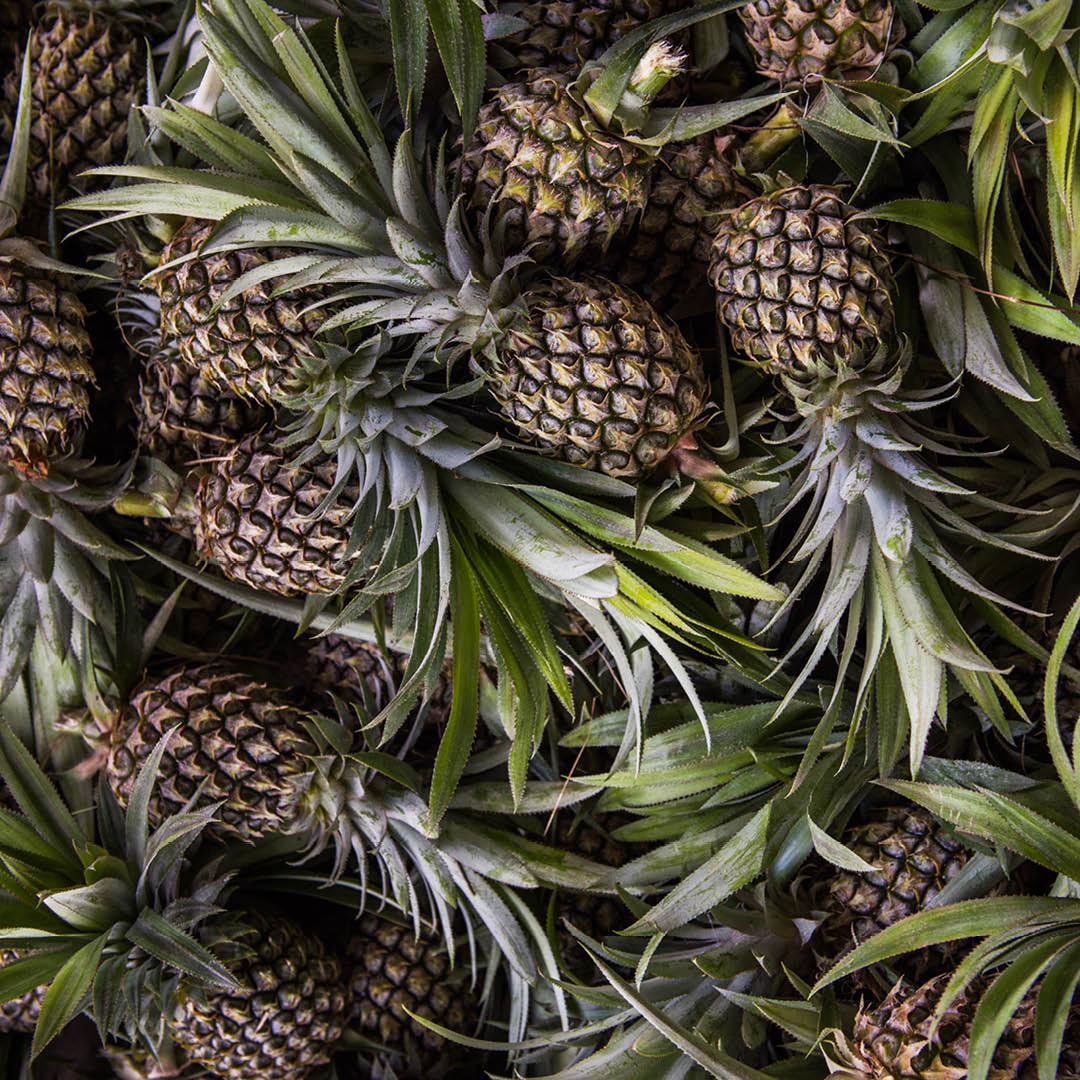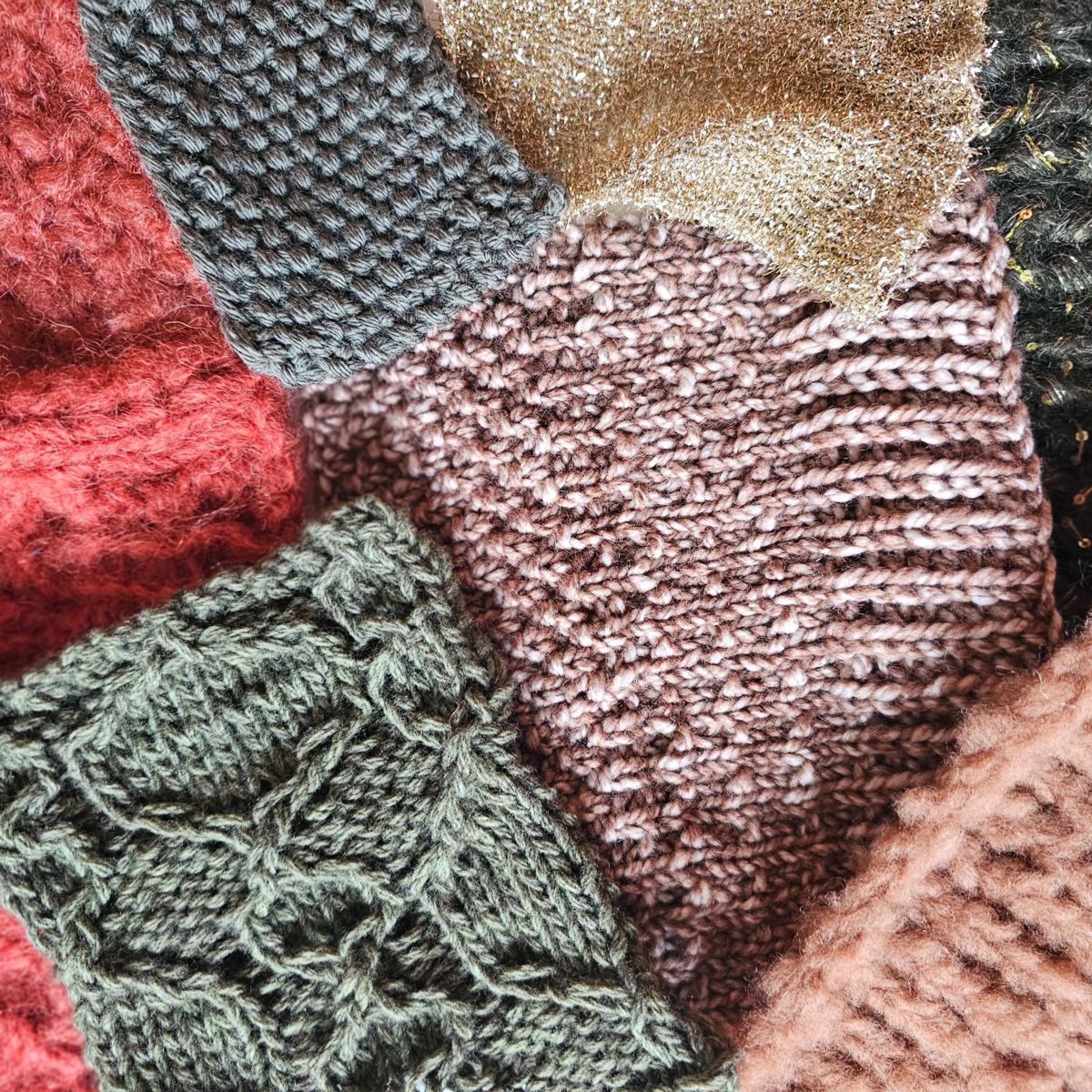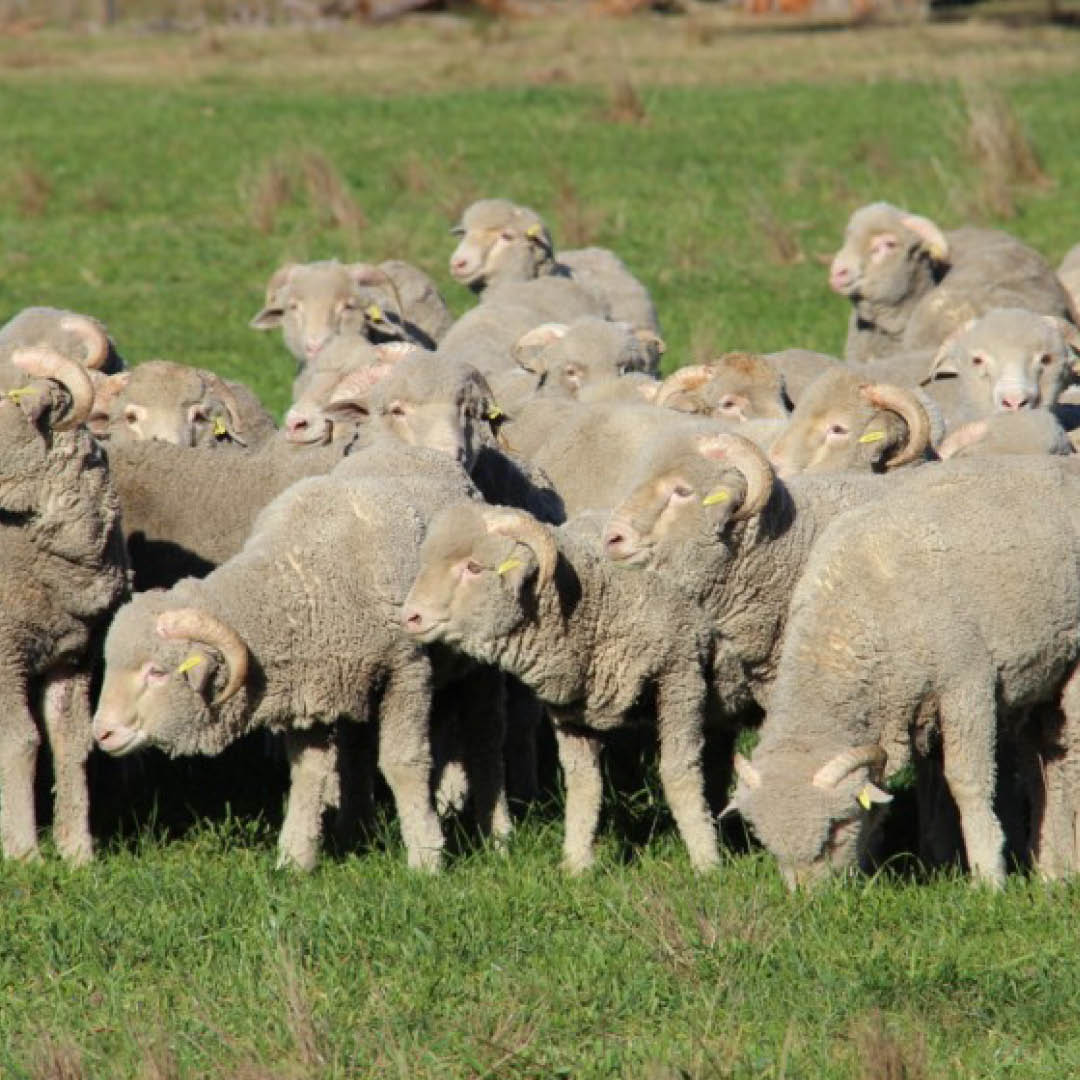Flax is one of the oldest crops grown by man. Linen fibres with wonderful attributes can be obtained from the filigree plants with the blue flowers. Yarns made from linen fibres are a dreamy material for hot summers, because they can be made into long-lasting and breathable textiles. Crochet and knitting projects with linen yarns know no limits. So the material can be used for strong bags, sturdy sun hats and baskets that keep their shape, as well as soft tops and flowing dresses. Along with just and hemp, linen fibre is one of the bast fibres. Dust and odours tend not to cling to the surface of these, making linen popular with allergy sufferers.
So how do we get linen yarn to knit and crochet with from flax plants?
The culivated plant belongs to the flax family and flourishes best in the cool and temperate climatic zones, such as Northern France and Belgium. The gathering and processing of the bast fibres happens when the flax plants are a year old and approximately 1 metre tall. Flax is harvested 10 days after flowering. To do this, the plants are pulled out of the ground complete, with their roots intact (pulling). The seed capsules are then separated from the stalk tops (rippling).
In order to remove the fibres from the stalk, it is neccesary frist to loosen the natural plant glue, pectin. This is achieved by an organic retting process, whereby the plants are left in the field for 3 to 6 weeks. During this time microorganisms act as a catalyst, to bring about the chemical decomposition necessary to free the fibres for harvesting. Next the woody parts of the stalk are removed. For this, the flax is broken or folded. A vibrating process (scutching) separates the long and short fibres, which are then sorted and cleaned. The long fibres are then homogenised by putting them through a drawing process, this straightens the fibres, which are the then spun into roving.
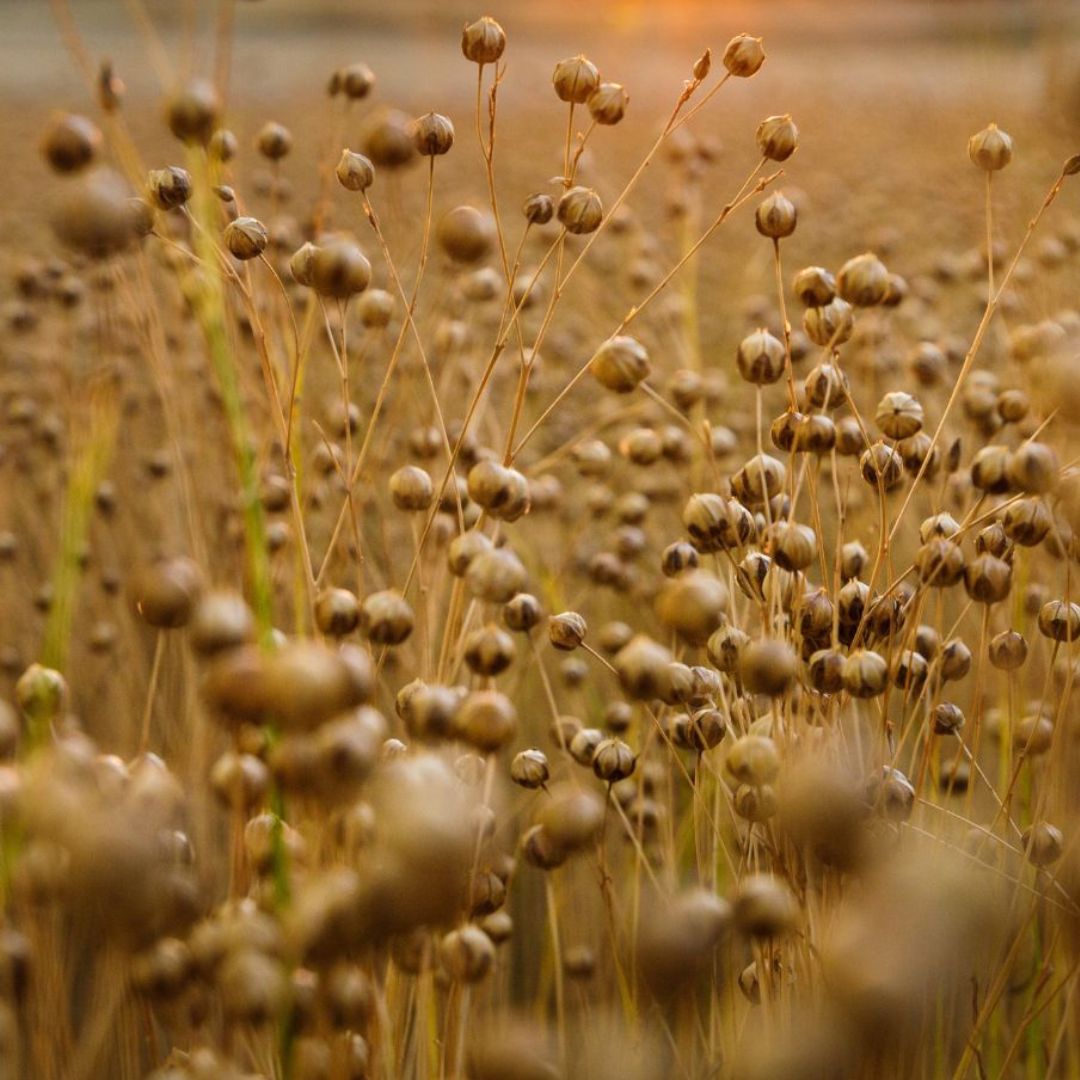
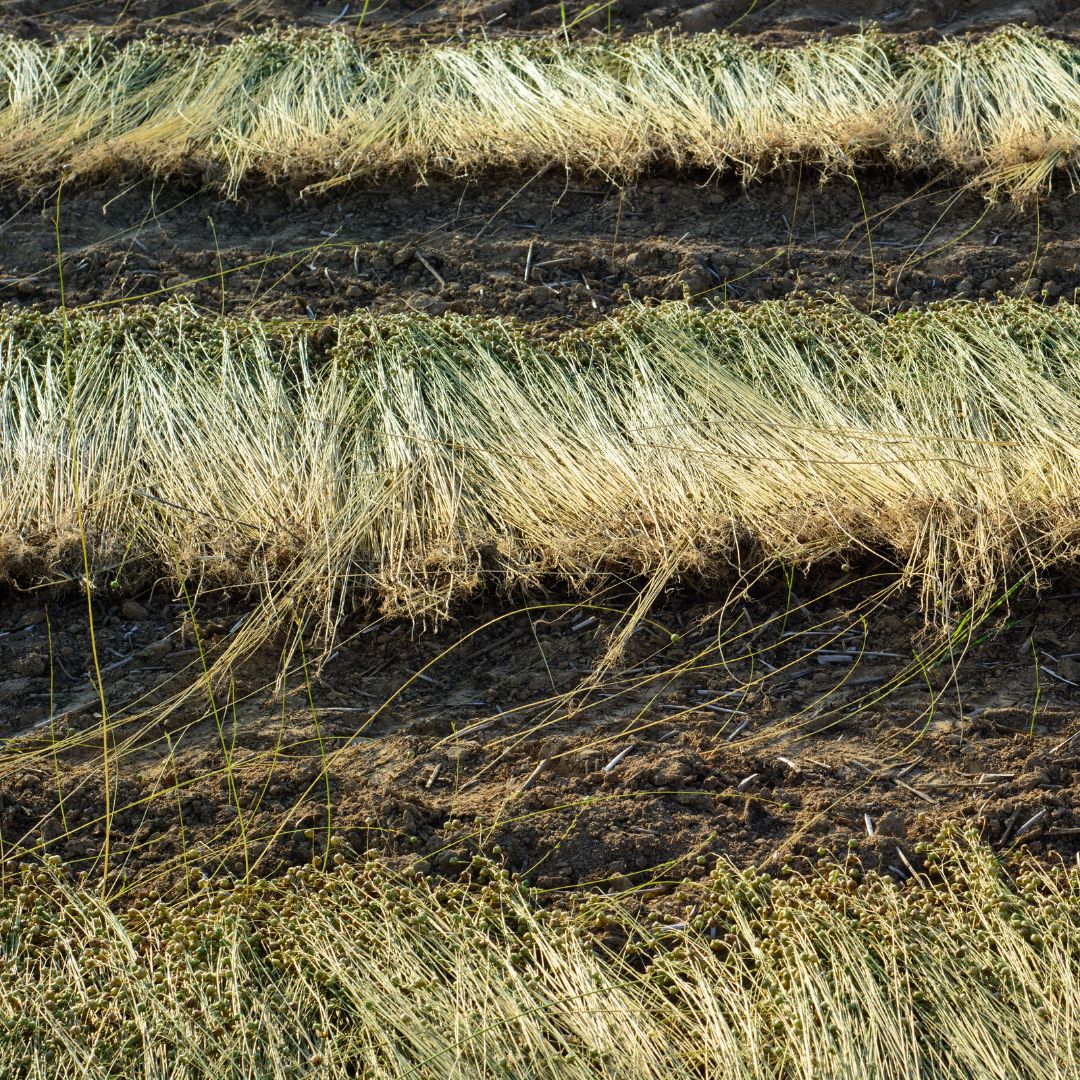
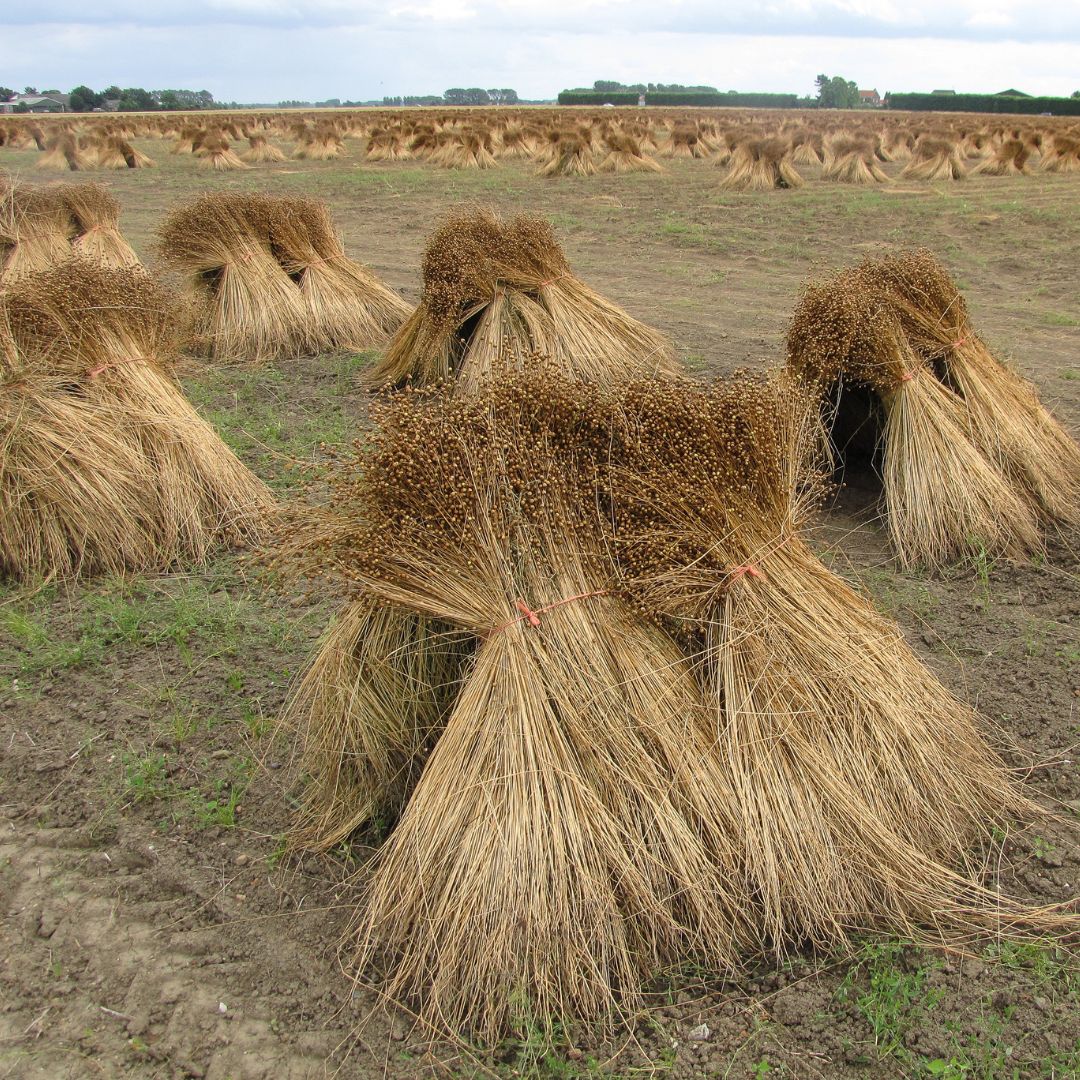
In Europe, the harvesting and processing of linen fibres was superseded by cotton imports. But since the increased environmental awareness of the 1980s, the use of linen fibre for textiles has increased again. Happily, the cultivation of flax requires no fertiliser and the processing of linen fibre is more environmentally friendly than that of cotton. This is due to the organic retting process, which does not use chemicals to remove pectin from the fibre.
If you compare the properties of linen with those of cotton, it is apparent that linen fibres are only a little coarser than cotton fibres. However, the structure of the linen fibre is entirely different to that of cotton. The linen fibre is found in the bundle of bast fibres in the flax stalk. The bundle of bast fibres is made up of individual bundles of fibre (technical fibre), which are in turn made up of single fibres, then elementary fibres. The technical fibre is 20 to 80 cm long, while the elementary fibre is only 2 to 4 cm long.
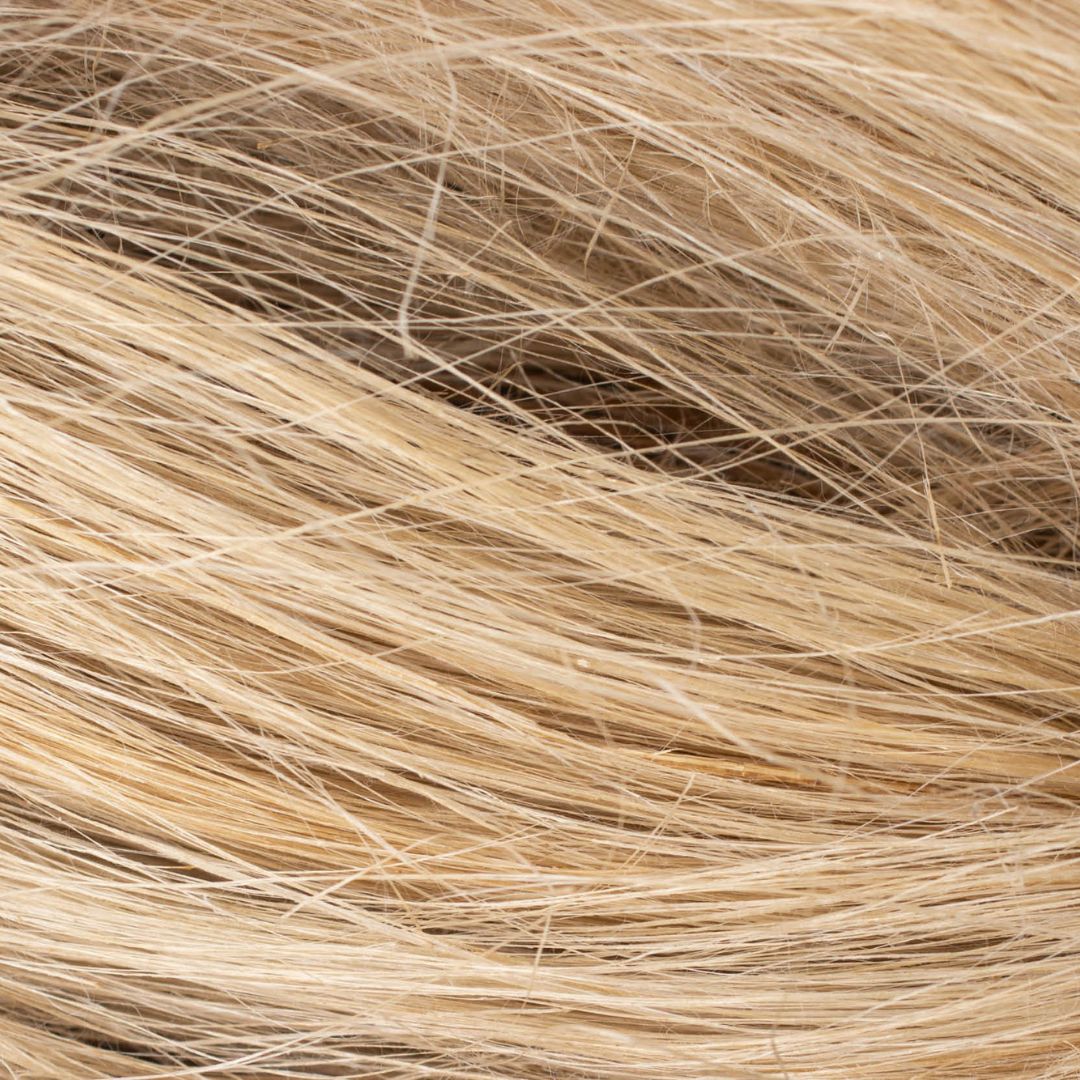
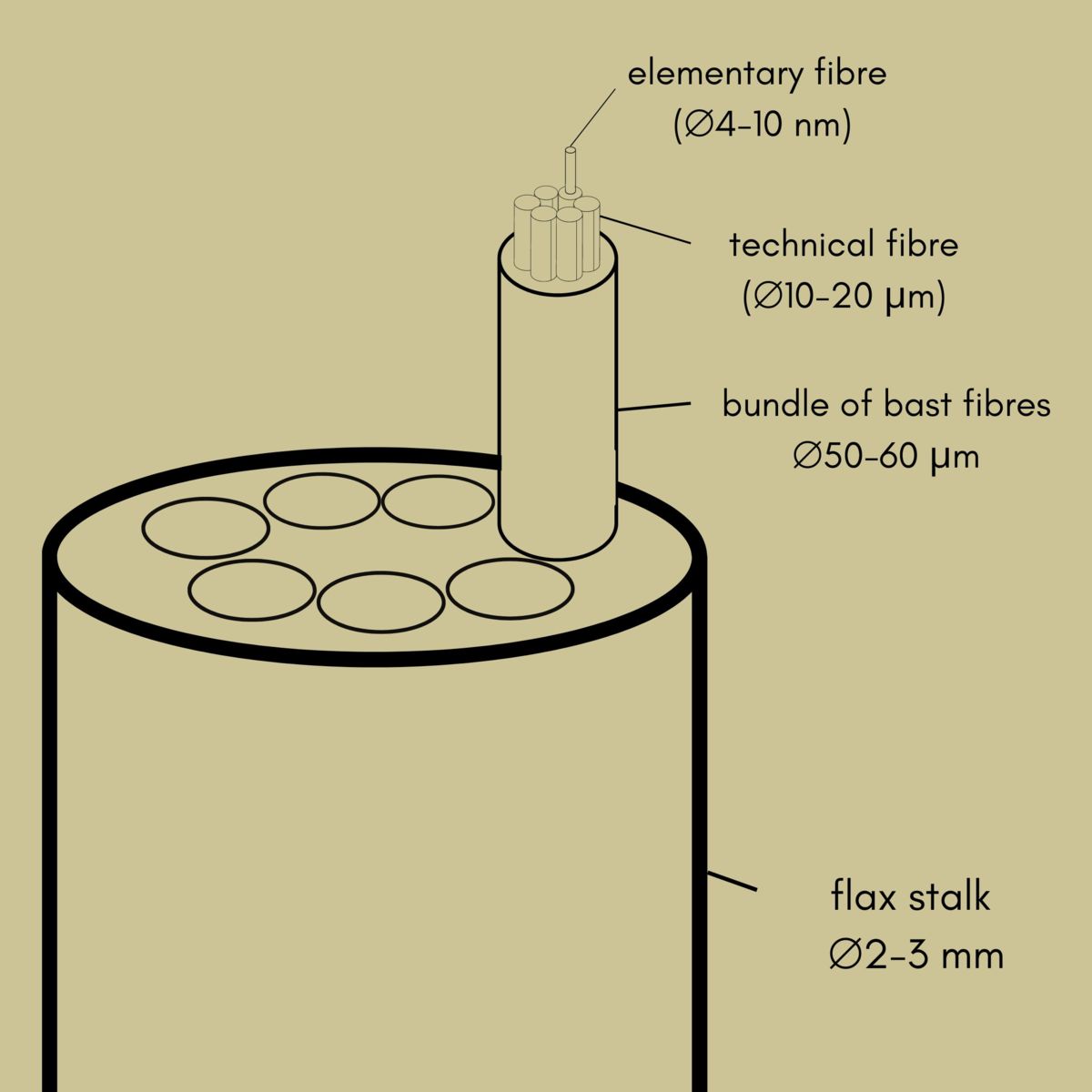
The age of the plant and the method of retting decide the fineness and colour of the linen fibre. Young flax plants yield softer fibres then older, woody ones. In their undyed state, yarns made from linen come in shades of ochre to greenish to silver grey.
This makes linen fibre attractive for yarn production and allow us to offer you a broad and interesting palette of linen yarns. The linen fibres that we use for our yarns grow in Northern France, Lithuania and Belgium. Take a look at our small, but fine range of linen: with CREALINO and LINO we offer you two 100% linen yarns; one a twist and one a chainnette tape yarn. PRIDE and LINELLO are appealing, loosely plied twists composed of linen and cotton.
Visually, linen yarns are very beautiful! However, a lack of elasticity means that they are not always the easiest yarns to work with. If you would like to knit or crochet with linen, but could do with a little help, read our blog post with TIPS FOR KNITTING WITH LINEN.
Sources
Hessnatur, Leinen https://www.hessnatur.com/magazin/textillexikon/leinen/ (ref 1.9.22).
Material-Archiv, Leinen https://materialarchiv.ch/de/ma:material_693/?q=Leinen (ref 15.04.24).
Linificio 2024, Linen yarn – Linificio (ref 19.04.24).

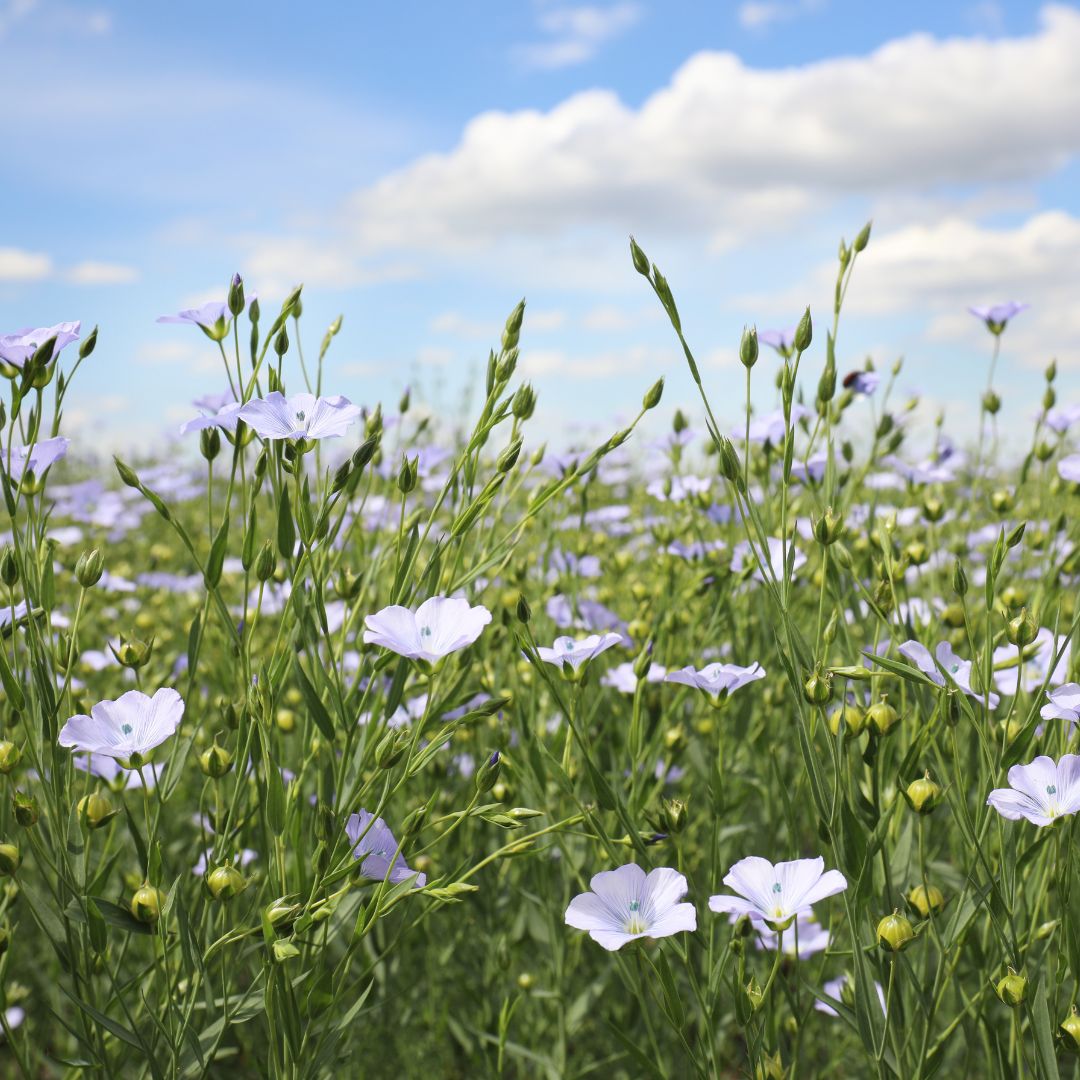
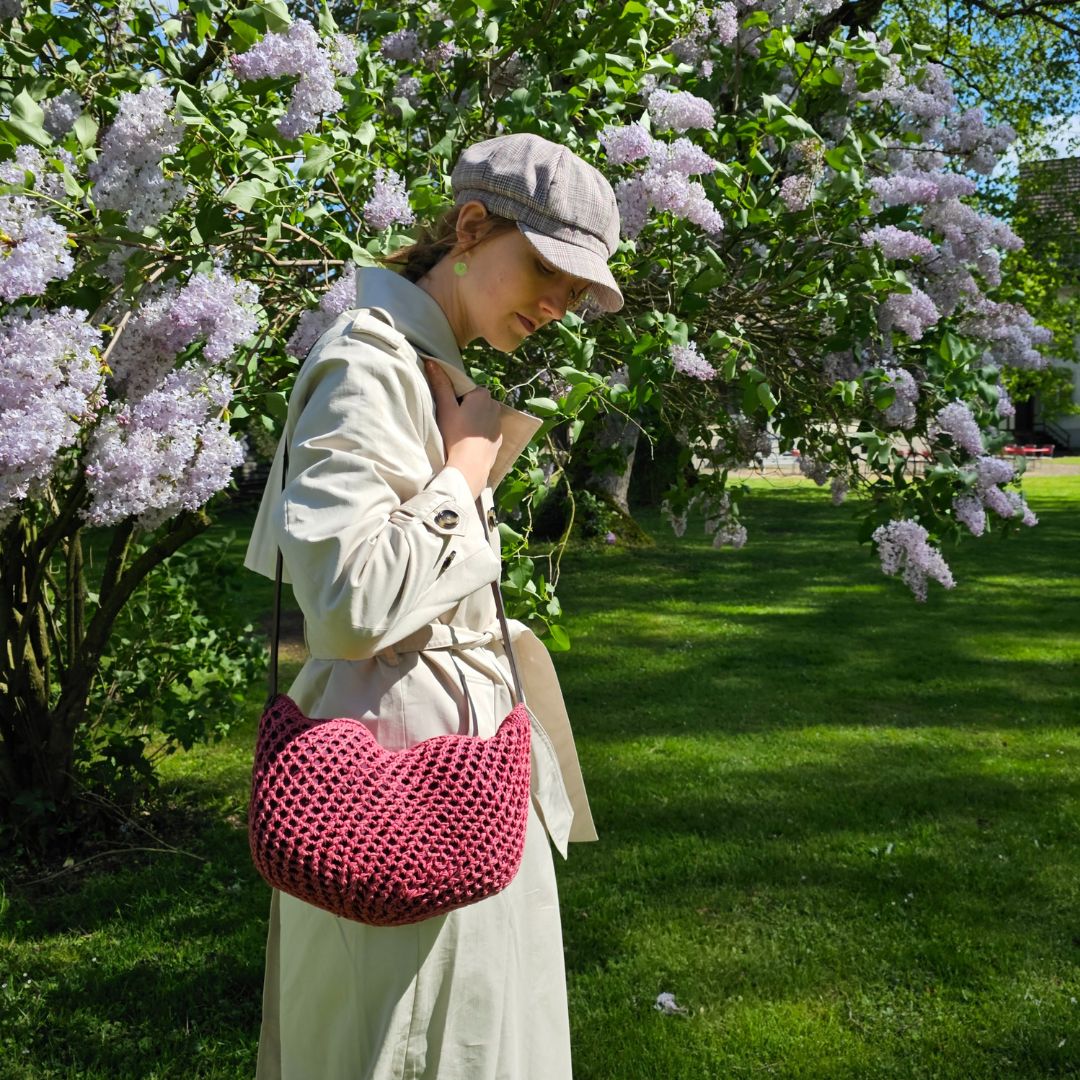
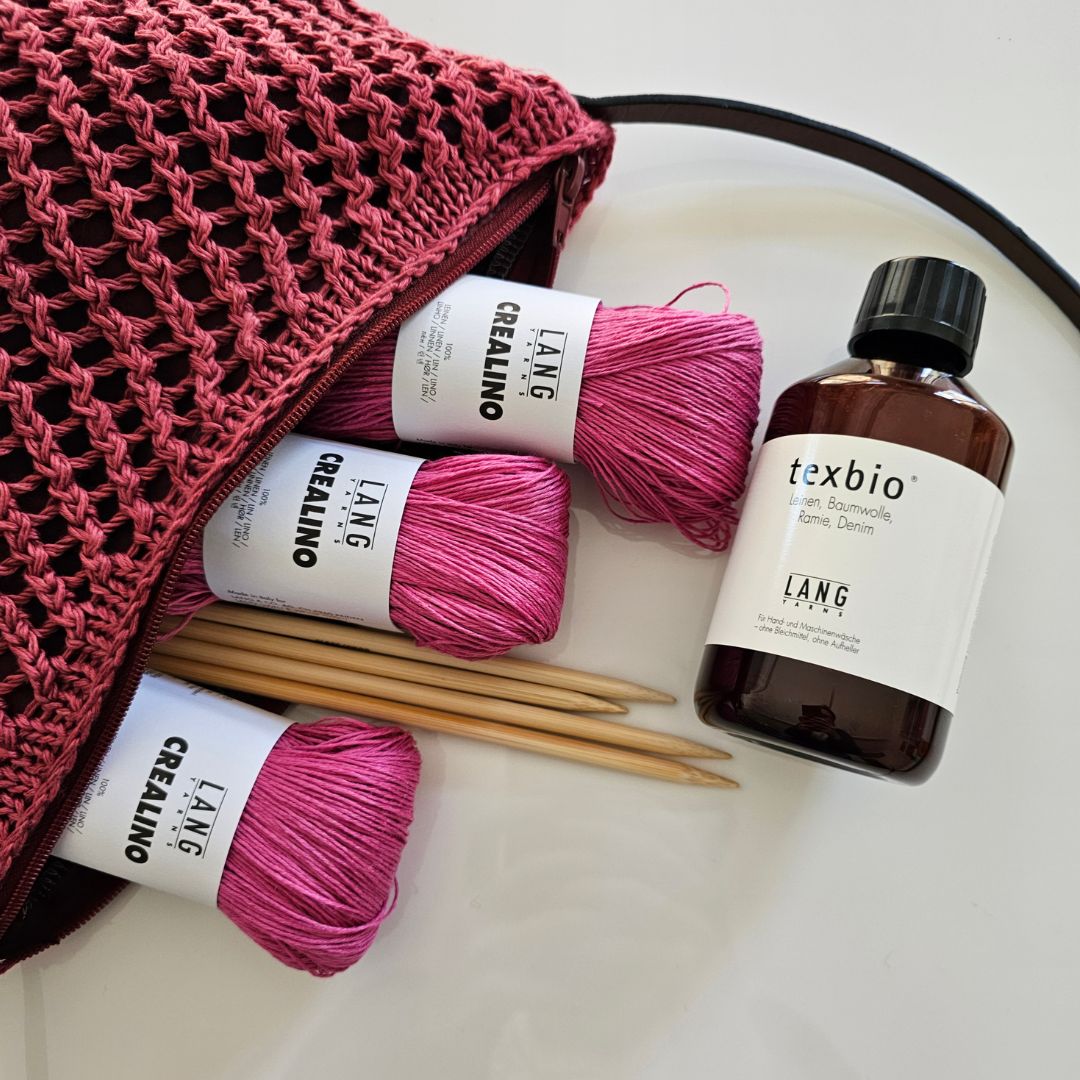
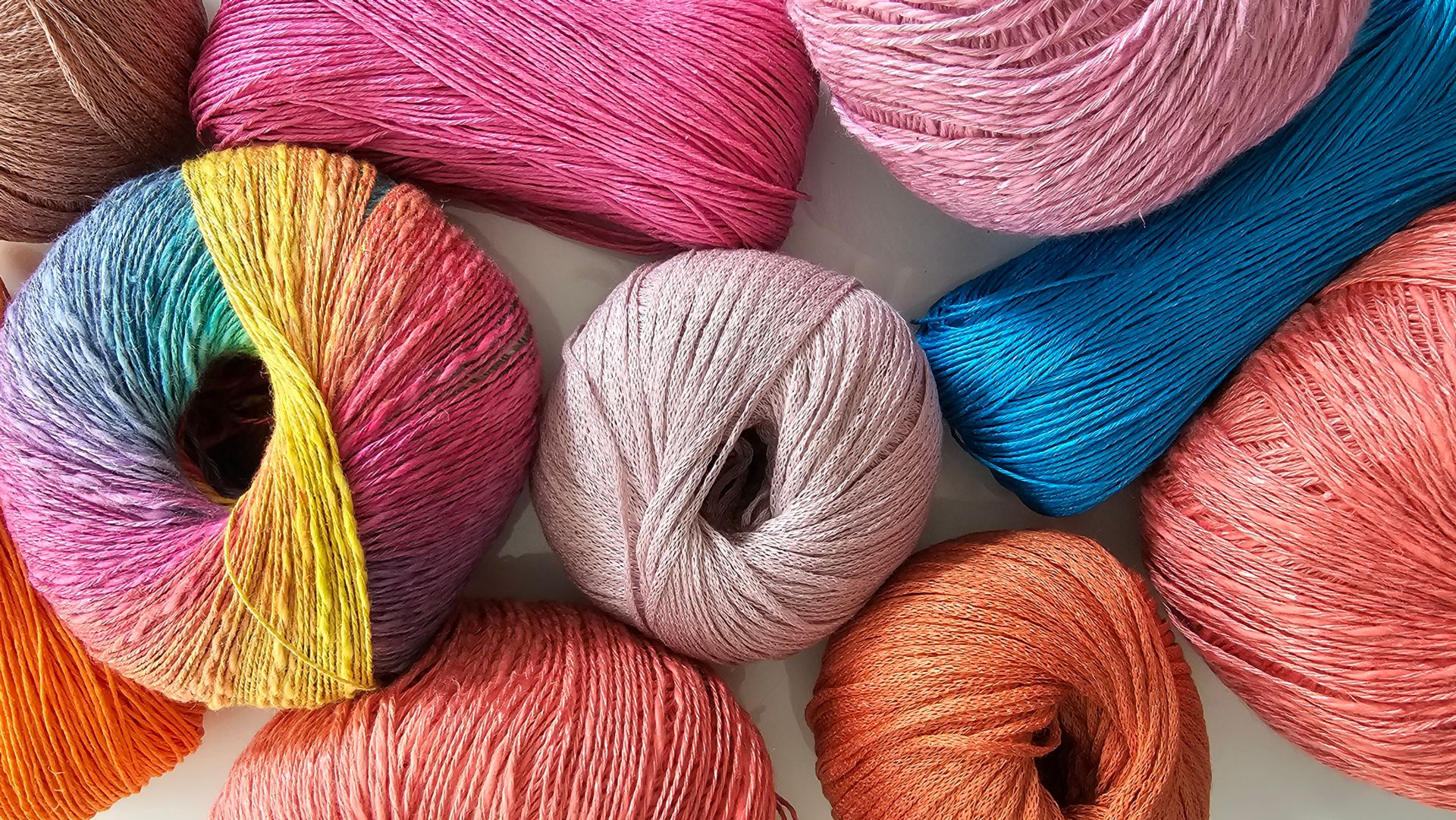
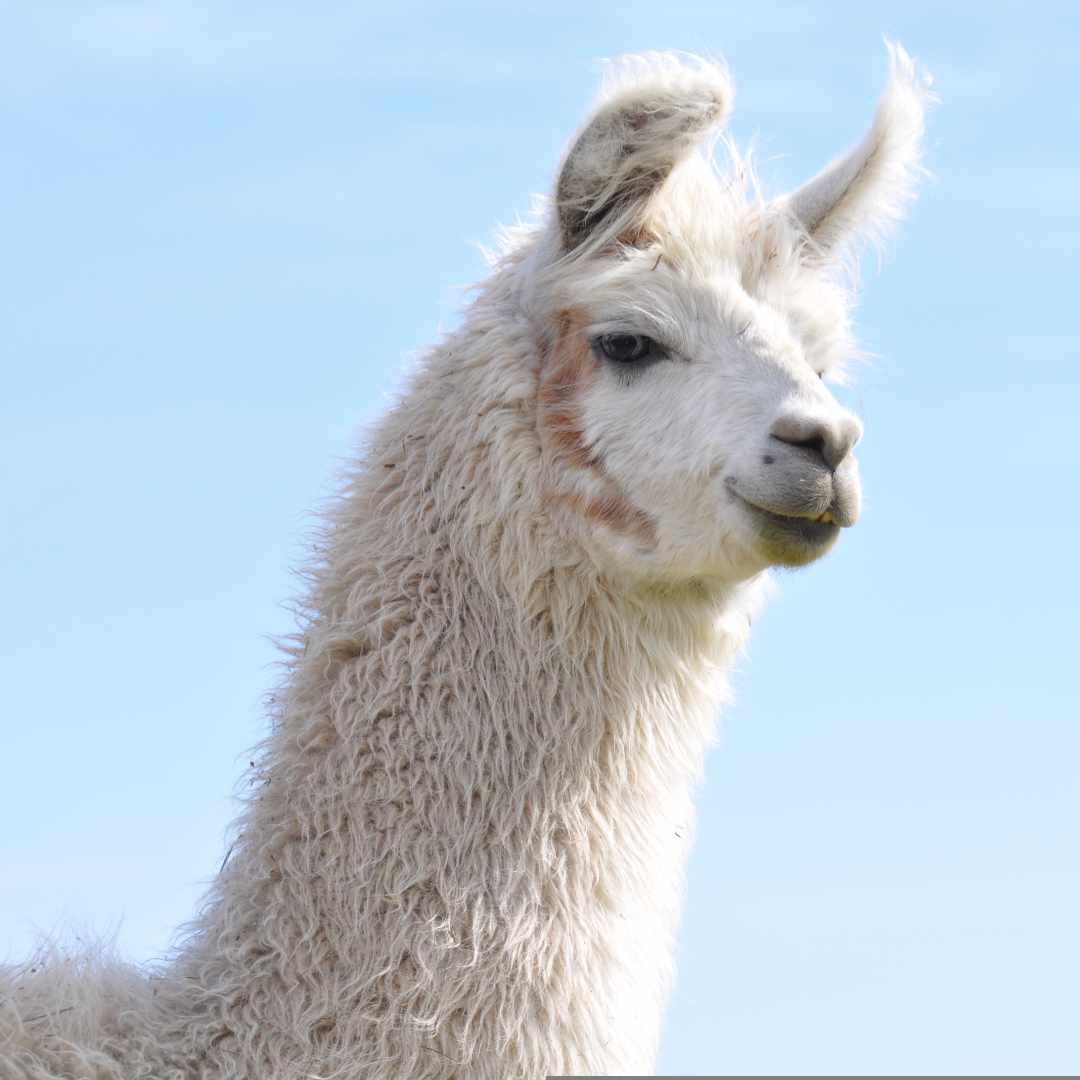


.jpg)
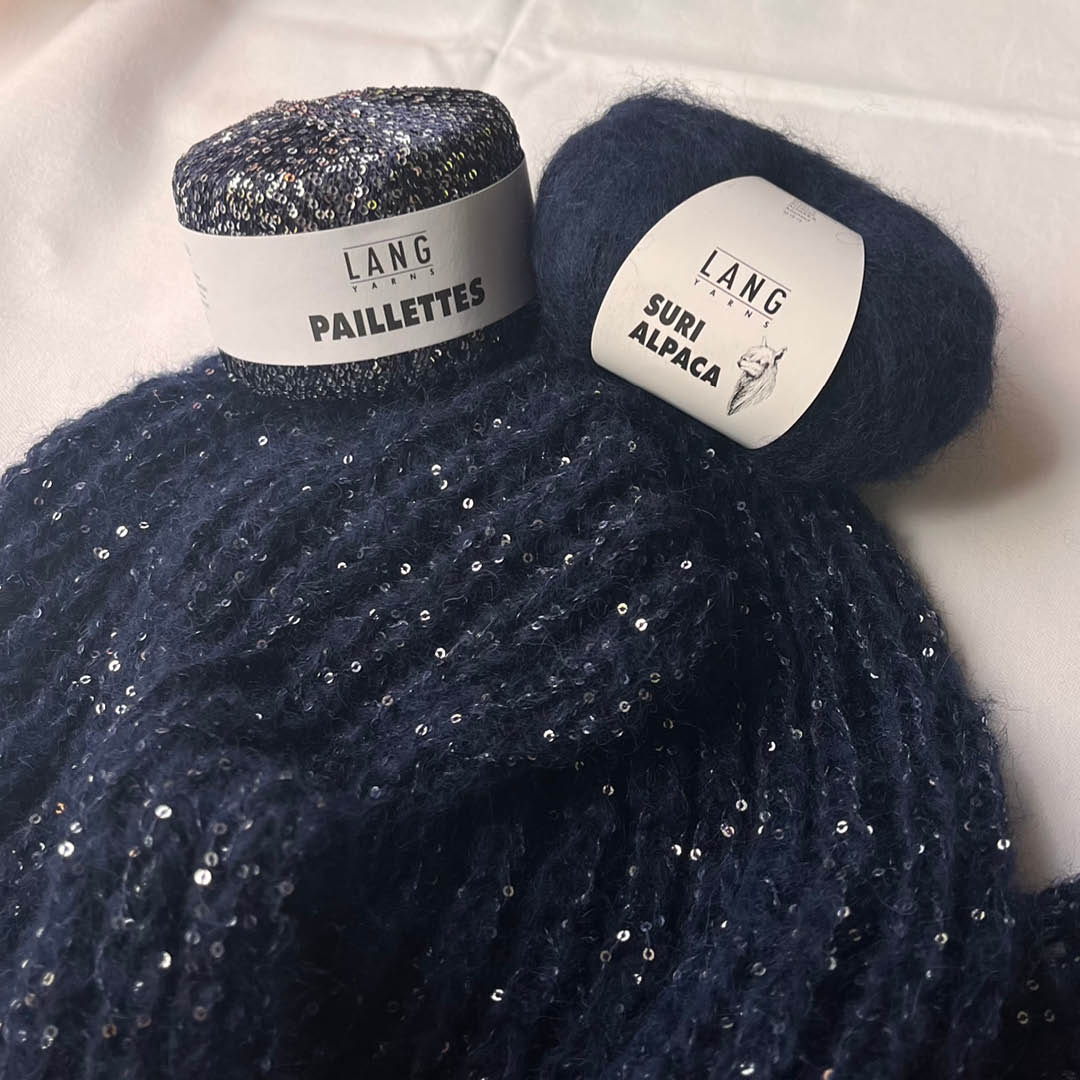
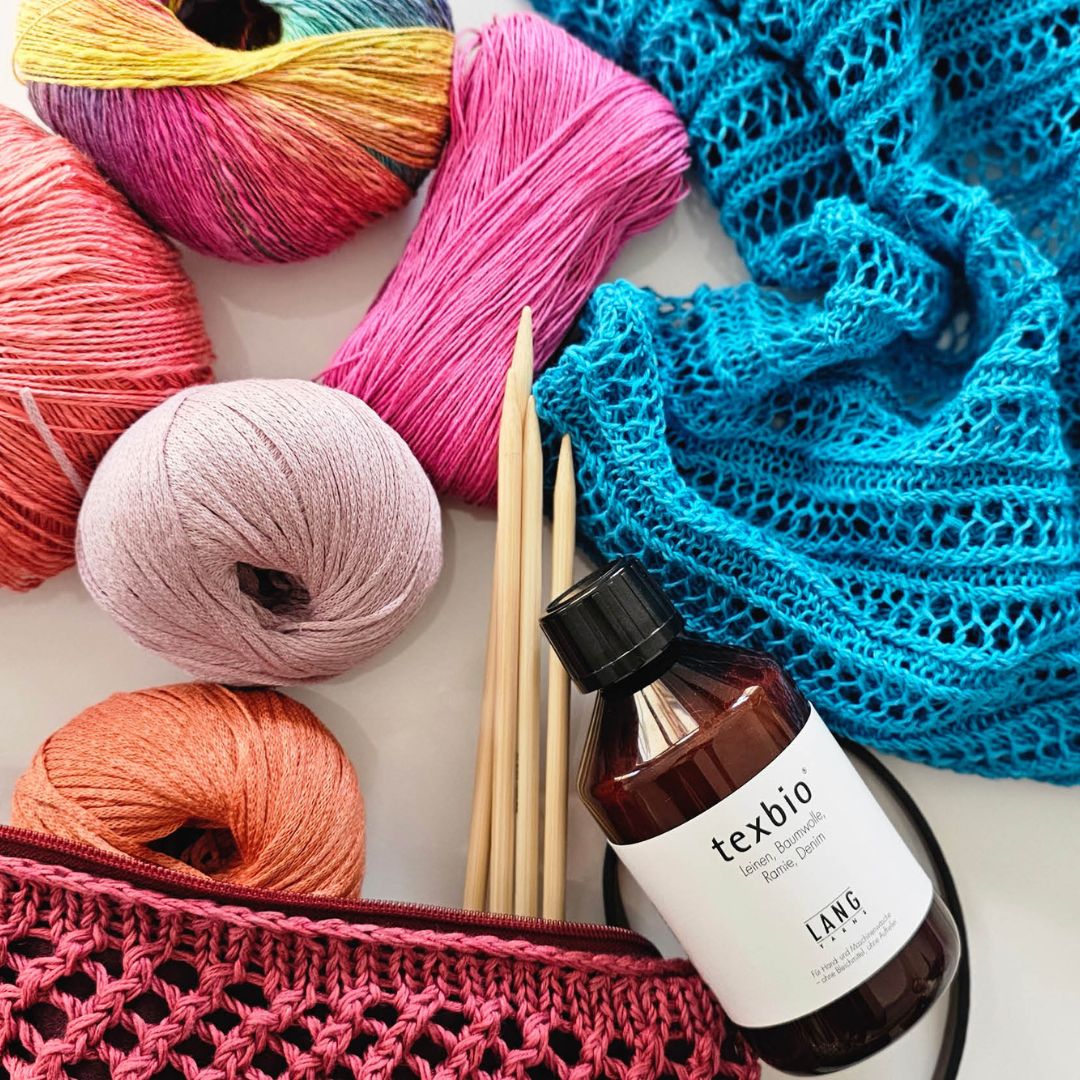
.png)
